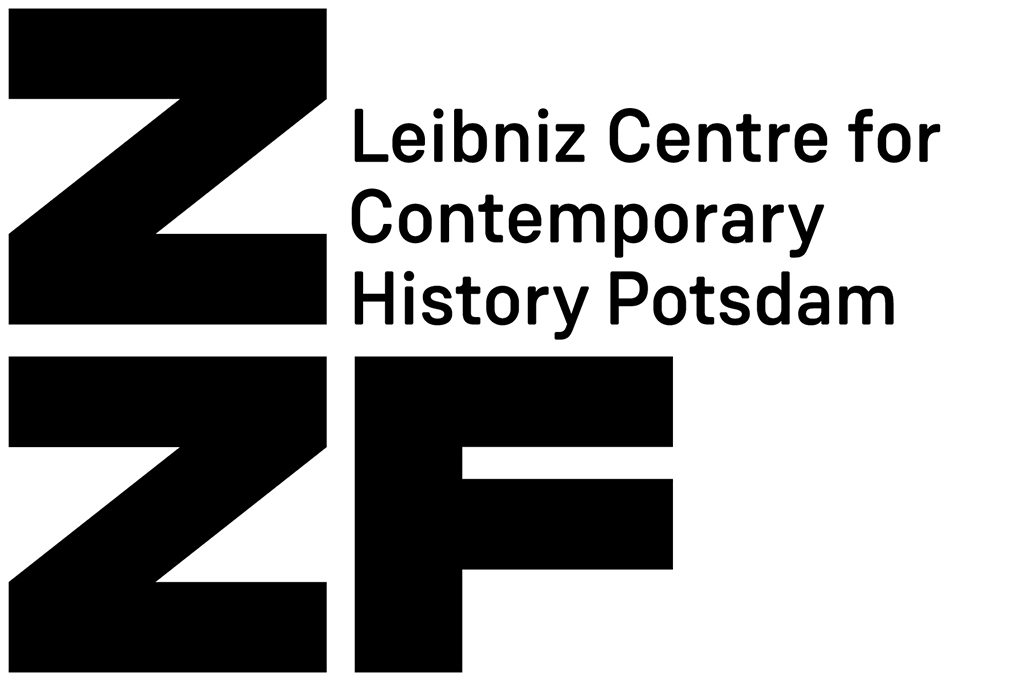Severe industrial accidents leading both to major disruptions in production and a relevant number of casualties are examined in order to reconstruct consensus, collusion and conflict between the different social actors constituting the social world of communist regimes: workers, engineers, managers, party organisers, functionaries of trade union and state apparatus, the secret police and party leaders. At each level of the socialist state, from the local enterprise via the district and county to the very top level, such accidents or Havarien (as they were called in communist jargon) prompted vast amounts of fact-finding examinations, police reporting and political evaluations allowing for insights into the fragile and always precarious texture of societal relations under communist rule. Approximately ten serious industrial accidents during the period from May 1959 (explosion of a steam generator in the power plant in Espenhain, causing 17 casualties) to Februar 1990 (explosion of a carbide furnace in the Buna works in Schkopau, 5 casualties) will be examined on the basis of archival material from the communist party, trade unions, the secret police (Stasi), state ministries, local authorities, enterprises and oral history interviews. The findings will be used to write a short history of the GDR told as an incessant sequel of technological and human disasters: from Havarie to Havarie.
Publications: "Havarie". Reading East-German Society through the Violenc/se of Things, in: Divinatio 42-43 (2016), pp. 301-369. [1]
Accidents as Incidents: Reading Society through the Violenc/se of Things, in Divinatio 39/40 [2] (2015), pp. 183-202. [2]
Havarie. Die sozialistische Betriebsgemeinschaft im Ausnahmezustand, in: Thomas Lindenberger, Martin Sabrow (Hg.), German Zeitgeschichte. Konturen eines Forschungsfeldes, Wallstein: Göttingen 2016, pp. 242-264.
